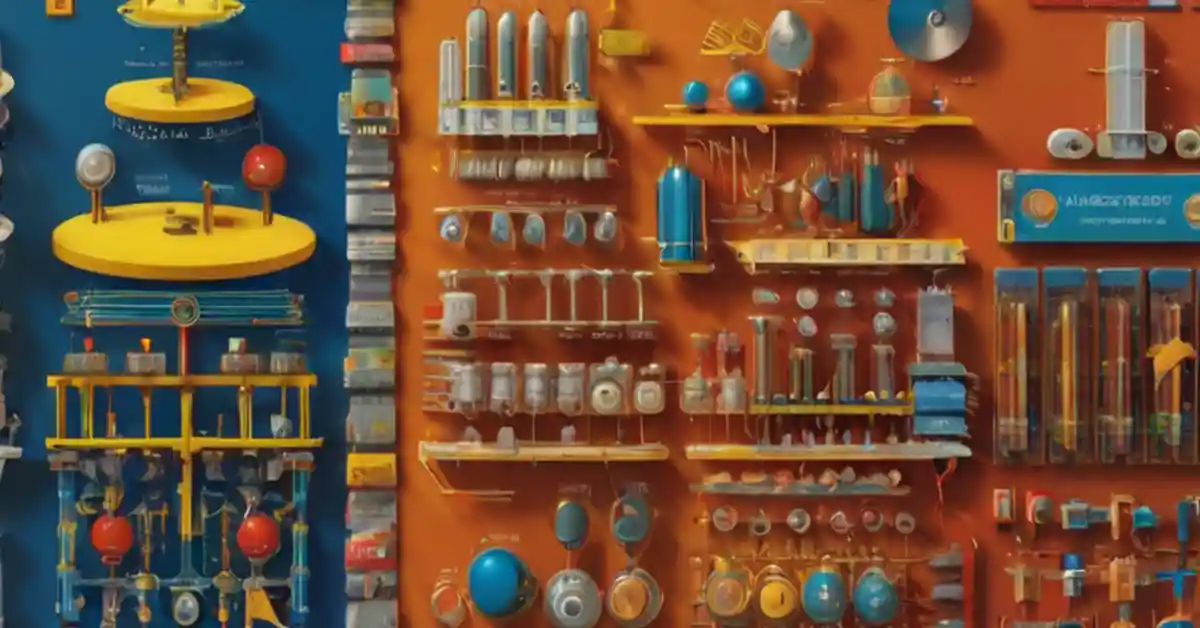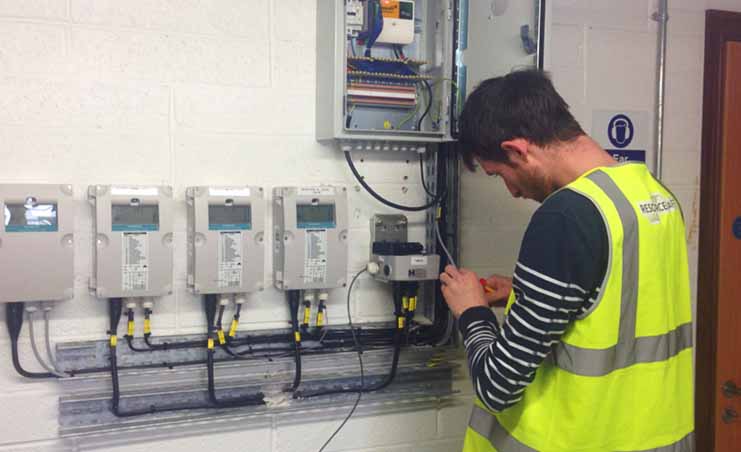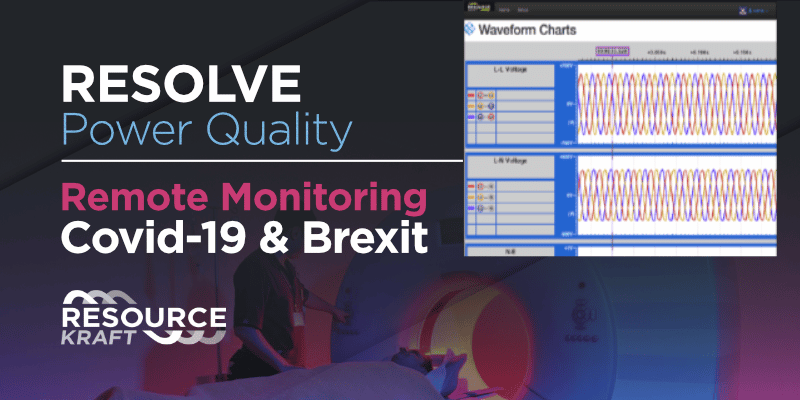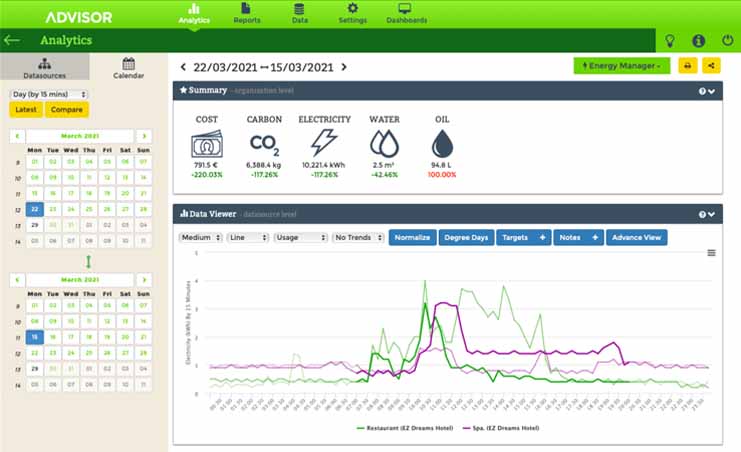In today’s cost-driven, carbon conscious world, “waste” is one word that we know we must control. Rising costs have turned once wasteful companies around and have shown them a new path to controlling costs. In this short article we will look at how compressed air leaks can negatively impact us and what we can do to rectify them.
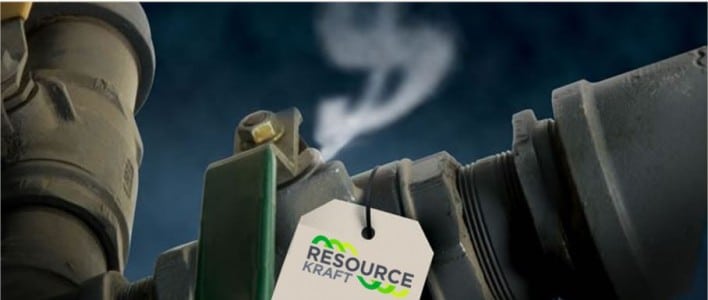
Compressed air can be used to facilitate a multitude of machines within many different forms of processes. These machines require specific pressure levels to function correctly. However, problems occur when hose pressure is reduced due to leakages. Thus a difference is created and extra power is required from the compressor motor to compensate and reach optimum air pressure levels once again. For every 1 bar in extra pressure required, 6-7 % more power is required past normal operating conditions.
Leaks occur in different ways such as loose connections, tubing degradation or mechanical part failures such as relief valves, flange gaskets or solenoid valves. For reference on the difficulty of detecting leaks manually, approximately 80 % of leaks are inaudible. From recent studies, it was found that a 4 mm hole in a distribution pipe operating throughout a year could cost approx €2000 P.A. on a typical compressed air system operating at 8 bar.
With increased pressure demands, compressors and equipment down the line are forced to cycle more often. This can adversely affect production by shortening the life of the system as a whole, along with the negative impact on the equipment operating efficiency. Increasing the run time will invariably increase the maintenance time necessary to keep machinery operating at its peak. This in turn will increase unexpected downtime as machine degradation occurs ahead of expected schedules. From a safety standpoint, personnel on-site are at risk from poorly maintained compressed airlines. Open blow-offs, failed seals and areas containing unused or “abandoned” process equipment can be key areas of danger for employees. Unused or “abandoned” equipment can possess unknown issues and if they are suddenly required for use, can lead to horrible site accidents.
Potential solutions to otherwise costly and dangerous compressed air leaks are as follows:
– Conduct an audit at least bi-annually on all compressed air equipment
– Install automatic shut off valves to compressed air lines during out of hours time periods. Due to inaudibility of many leaks, ultrasonic leak detectors are a highly accurate method of investigation, however, a simpler but more cost effective method might be to apply soapy water to suspected leak areas and watch for bubble formation
– Awareness campaigns and employee education can dramatically improve cost control on compressed air lines by showing people the real cost of leaks; a financial incentive may work well here.

